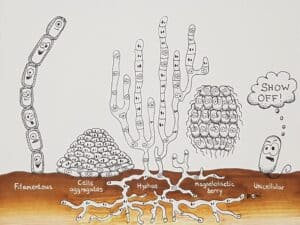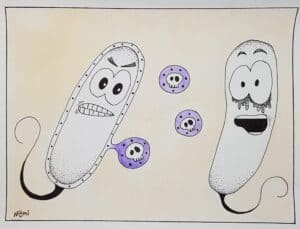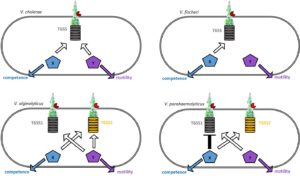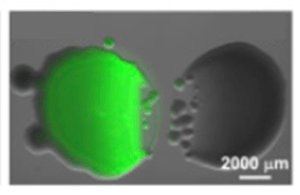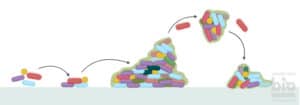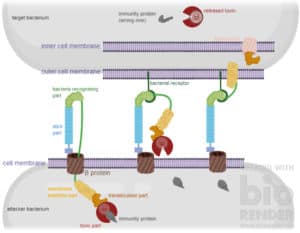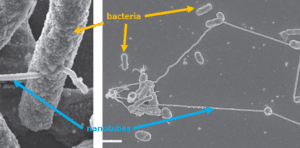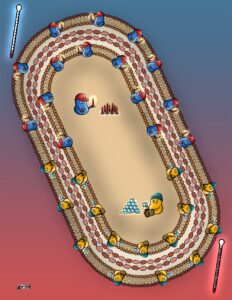
Even at the dark and cold bottom of the sea, microbes flourish
Microbes are everywhere. And some have superpowers that allow them to grow in extremely challenging and harsh environments. Especially at the dark and cold bottom of the sea, extremophiles flourish since they interact with other microbes and eat pollutants and contaminants. Interestingly, their microbial activities can also impact our global climate.


